Home>Gardening & Outdoor>Landscaping Ideas>How To Loosen Soil For Grass
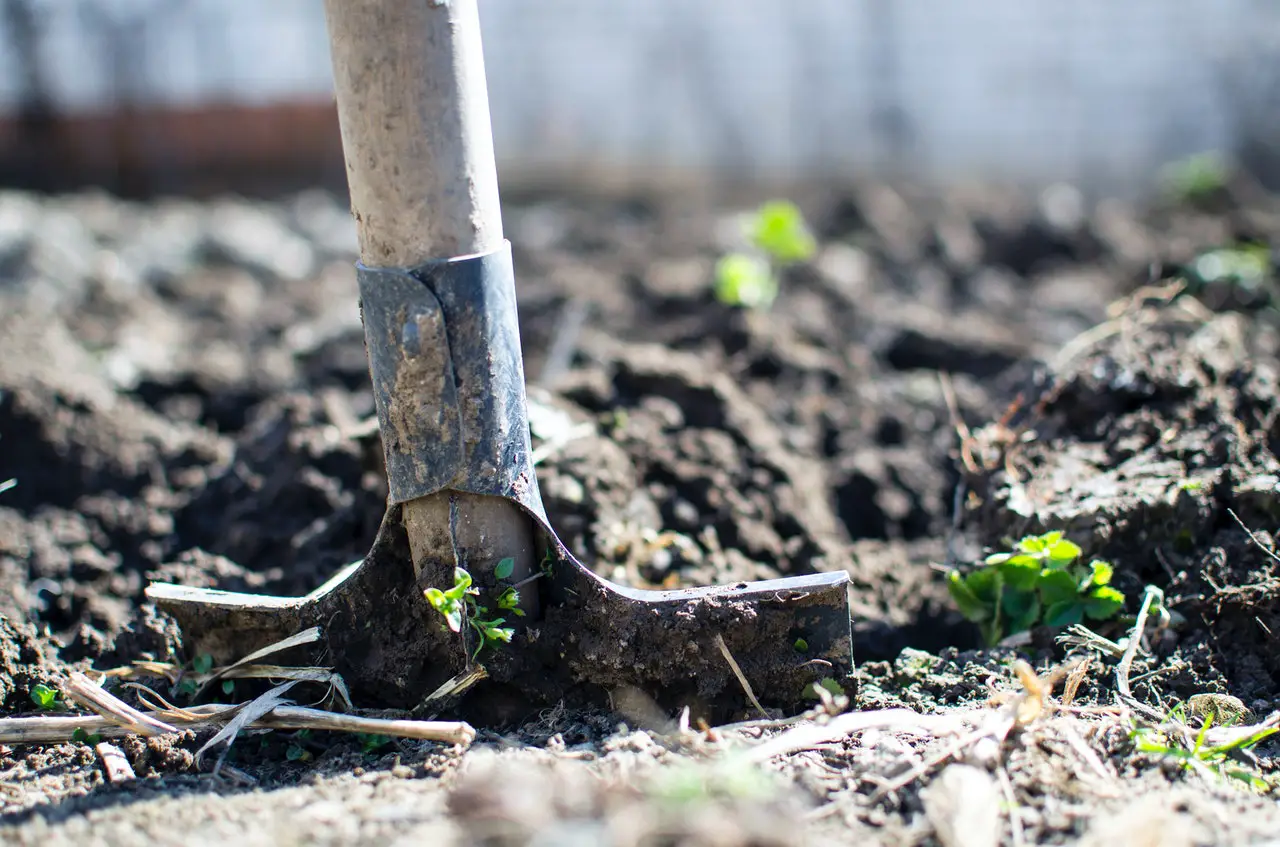

Landscaping Ideas
How To Loosen Soil For Grass
Modified: October 19, 2024
Learn effective landscaping ideas with our guide on how to loosen soil for grass. Discover expert tips and techniques for achieving a lush and healthy lawn.
(Many of the links in this article redirect to a specific reviewed product. Your purchase of these products through affiliate links helps to generate commission for Storables.com, at no extra cost. Learn more)
Introduction
Welcome to the world of landscaping, where the health of your soil is the foundation for a thriving, lush lawn. One of the key factors in achieving healthy soil is ensuring that it is well-aerated and loose enough to allow grass roots to penetrate and access essential nutrients. In this comprehensive guide, we will explore the importance of loosening soil for grass and delve into various methods to achieve this. Whether you are a seasoned gardener or a novice enthusiast, understanding the intricacies of soil health is crucial for the success of your lawn.
By learning how to properly loosen soil for grass, you can create an optimal environment for your lawn to flourish. From understanding the composition of the soil to implementing organic and mechanical methods for soil improvement, this guide will equip you with the knowledge and techniques to enhance the quality of your soil. So, let’s roll up our sleeves and dive into the fascinating world of soil management, as we uncover the secrets to achieving a vibrant and resilient grassy landscape.
Key Takeaways:
- Healthy soil is crucial for a thriving lawn. Understanding soil composition and using methods like aeration and tilling can create an optimal environment for robust grass growth.
- Incorporating organic matter and employing mechanical methods like using a garden tiller or aeration equipment can transform compacted soil into a fertile and well-structured environment for vibrant grass.
Read more: How To Loosen Clay Soil For Grass
Understanding the Soil
Before delving into the methods of loosening soil for grass, it’s essential to grasp the fundamentals of soil composition. Soil is a complex ecosystem comprised of mineral particles, organic matter, water, and air. The texture of soil, which is determined by the size of its particles, plays a crucial role in its ability to support healthy grass growth.
There are three primary types of soil particles: sand, silt, and clay. Sandy soil consists of larger particles, providing excellent drainage but struggling to retain nutrients. On the other hand, clay soil is composed of fine particles, offering good nutrient retention but often suffering from poor drainage. Silt falls between the two, offering a balance of drainage and nutrient retention. The ideal soil for grass cultivation is loam, a mixture of sand, silt, and clay that provides optimal drainage, nutrient retention, and aeration.
Soil structure, referring to the arrangement of soil particles and the spaces between them, is another critical aspect to consider. Well-structured soil contains a balance of solid particles, water, and air, allowing for healthy root development and efficient nutrient uptake. Compacted soil, on the other hand, restricts root growth and impedes water infiltration, leading to stagnant water and potential root rot.
Understanding the pH level of the soil is also vital, as it directly impacts nutrient availability to grass plants. Most grass species thrive in slightly acidic to neutral soil, with a pH range of 6.0 to 7.5. Testing the pH of your soil can provide valuable insights into its acidity or alkalinity, guiding you in making informed decisions about soil amendments and fertilization.
By comprehending the intricate characteristics of soil, including its texture, structure, and pH, you can tailor your soil management strategies to create an optimal environment for healthy grass growth. Now that we’ve laid the groundwork for understanding soil composition, let’s explore the methods for loosening soil to promote robust grass development.
Methods for Loosening Soil
Loosening compacted soil is a critical step in promoting healthy grass growth. Compaction restricts the movement of air, water, and nutrients within the soil, hindering root development and overall plant health. Fortunately, there are several effective methods for loosening soil, each tailored to address specific soil conditions and landscaping preferences.
Aeration: Core aeration is a popular and efficient technique for alleviating soil compaction. This process involves the use of a specialized aerator machine that removes small cores of soil from the ground, creating channels for air, water, and nutrients to penetrate the soil. Aeration also stimulates root growth and enhances the overall health of the grass by promoting better circulation within the soil.
Tilling: Tilling, or cultivating the soil, is another method for loosening compacted soil. This technique is particularly effective for breaking up densely packed soil and incorporating organic matter into the topsoil. Tilling can be performed using various tools, such as a garden tiller or a broadfork, and is especially beneficial when establishing a new lawn or revitalizing an existing one.
Vertical Mowing: Also known as dethatching, vertical mowing is a process that removes thatch, a layer of dead grass and organic debris that can contribute to soil compaction. By reducing thatch buildup, vertical mowing allows for improved air and water movement in the soil, promoting a healthier environment for grass roots to thrive.
Topdressing: Applying a thin layer of compost or topsoil over the lawn, known as topdressing, can help improve soil structure and alleviate compaction. This method enhances soil aeration and water retention while providing essential organic matter to support microbial activity and nutrient availability for the grass.
By employing these methods for loosening soil, you can effectively mitigate compaction and create an environment conducive to robust grass growth. However, in addition to these techniques, the integration of organic matter into the soil plays a pivotal role in enhancing soil structure and fertility. Let’s explore the utilization of organic matter as a means to improve soil structure for optimal grass cultivation.
Aerate the soil by using a garden fork or aerator to loosen compacted soil and improve grass growth. This will allow air, water, and nutrients to penetrate the soil more easily.
Using Organic Matter to Improve Soil Structure
Organic matter serves as a cornerstone for improving soil structure and nurturing a healthy environment for grass to thrive. Incorporating organic materials into the soil enhances its ability to retain moisture, promotes beneficial microbial activity, and provides essential nutrients for grass plants. There are several effective ways to introduce organic matter into the soil, each contributing to the overall improvement of soil structure and fertility.
Compost: Adding compost to the soil is a powerful method for enriching its organic content. Compost, which is composed of decomposed organic materials such as kitchen scraps, yard waste, and manure, enhances soil structure by increasing its water-holding capacity and promoting aeration. Additionally, compost introduces valuable microorganisms that contribute to soil health and nutrient cycling.
Organic Mulches: Mulching with organic materials such as shredded leaves, straw, or wood chips not only conserves soil moisture and suppresses weed growth but also contributes to the gradual improvement of soil structure. As organic mulches break down over time, they release nutrients into the soil and foster a favorable environment for earthworms and other beneficial soil organisms.
Cover Crops: Planting cover crops, such as legumes or grasses, can significantly enhance soil structure and fertility. Cover crops protect the soil from erosion, suppress weeds, and, when tilled back into the soil, contribute organic matter that enriches the soil and promotes aeration.
Organic Fertilizers: Utilizing organic fertilizers, derived from natural sources such as bone meal, fish emulsion, or composted manure, provides a sustainable approach to improving soil fertility while enhancing its structure. Organic fertilizers release nutrients slowly, feeding the soil and grass plants over time and supporting the development of a healthy, well-structured root system.
By integrating organic matter through compost, mulches, cover crops, and organic fertilizers, you can transform compacted or depleted soil into a thriving ecosystem that sustains lush and resilient grass. However, in addition to organic methods, mechanical techniques for soil improvement play a crucial role in achieving optimal soil structure. Let’s explore the mechanical methods for loosening soil and enhancing its overall health to support vibrant grass growth.
Mechanical Methods for Loosening Soil
When it comes to addressing compacted soil and enhancing its structure, mechanical methods offer effective solutions for promoting healthy grass growth. These techniques utilize specialized equipment and tools to break up compacted soil, improve aeration, and facilitate the incorporation of amendments. Whether you are establishing a new lawn or rejuvenating an existing one, employing mechanical methods can significantly enhance the soil’s health and create an optimal environment for robust grass development.
Garden Tiller: A garden tiller, also known as a rototiller, is a versatile tool for loosening compacted soil and preparing it for grass seeding or sod installation. By using rotating blades or tines, a garden tiller effectively breaks up densely packed soil, allowing for better water infiltration and root penetration. Tilling also facilitates the incorporation of organic matter and soil amendments, further enhancing the soil’s structure and fertility.
Aeration Equipment: Mechanical aerators, including core aerators and spike aerators, are designed to alleviate soil compaction by creating channels for air, water, and nutrients to penetrate the soil. These specialized machines puncture the ground, extracting small cores of soil or creating holes to promote better circulation and root development. Aeration equipment is particularly effective for addressing compacted soil in high-traffic areas or lawns with heavy clay content.
Broadfork: The broadfork, a manual tool with wide tines, offers a non-disruptive method for loosening compacted soil. By leveraging body weight and leverage, the broadfork gently aerates the soil without inverting its layers, preserving its natural structure while improving aeration and root penetration. This method is ideal for maintaining soil structure in organic gardening and minimizing soil disturbance.
Lawn Dethatcher: A power dethatcher, also known as a vertical mower, is designed to remove thatch and alleviate soil compaction in lawns. This machine utilizes vertically rotating blades or tines to cut through the thatch layer, allowing for improved air and water movement in the soil. Dethatching not only loosens the soil but also promotes a healthier environment for grass roots to thrive.
By incorporating these mechanical methods into your soil management practices, you can effectively address soil compaction and create an optimal foundation for a vibrant and resilient lawn. Whether utilizing a garden tiller to prepare the soil for seeding or employing aeration equipment to alleviate compaction, these mechanical techniques play a pivotal role in promoting healthy soil structure and supporting robust grass growth.
Read more: How To Till The Soil For Grass
Conclusion
Understanding the significance of soil health and employing effective methods for loosening soil are pivotal steps in nurturing a thriving and resilient lawn. By delving into the intricacies of soil composition and structure, we gain valuable insights into the factors that influence grass growth and vitality. From addressing soil compaction to enhancing its structure through organic and mechanical methods, the journey to achieving healthy soil is a rewarding endeavor that yields lush and vibrant grassy landscapes.
As we’ve explored the diverse techniques for loosening soil, it’s evident that a multifaceted approach yields the most favorable results. A combination of organic practices, such as incorporating compost, mulches, and cover crops, alongside mechanical methods like aeration and tilling, can transform compacted or depleted soil into a fertile and well-structured environment for grass to thrive. By integrating these methods into your soil management regimen, you can create an optimal foundation for a resilient and visually stunning lawn.
It’s important to recognize that the journey to healthy soil is an ongoing process, requiring consistent care and attention. Regular soil testing, aeration, and the periodic addition of organic matter are essential components of maintaining soil health and promoting long-term grass vitality. By staying attuned to the needs of your soil and grass, you can cultivate a landscape that not only enhances the beauty of your surroundings but also contributes to the overall well-being of the environment.
So, whether you’re embarking on a lawn revitalization project or nurturing a newly seeded lawn, the knowledge and techniques shared in this guide empower you to become a steward of healthy soil and vibrant grass growth. With a deep understanding of soil composition, the utilization of organic matter, and the implementation of mechanical methods, you are well-equipped to embark on a journey that celebrates the beauty and resilience of a flourishing grassy landscape.
As you apply these principles and techniques, may your lawn flourish, providing a lush and inviting space for relaxation, recreation, and the simple joys of nature.
Frequently Asked Questions about How To Loosen Soil For Grass
Was this page helpful?
At Storables.com, we guarantee accurate and reliable information. Our content, validated by Expert Board Contributors, is crafted following stringent Editorial Policies. We're committed to providing you with well-researched, expert-backed insights for all your informational needs.

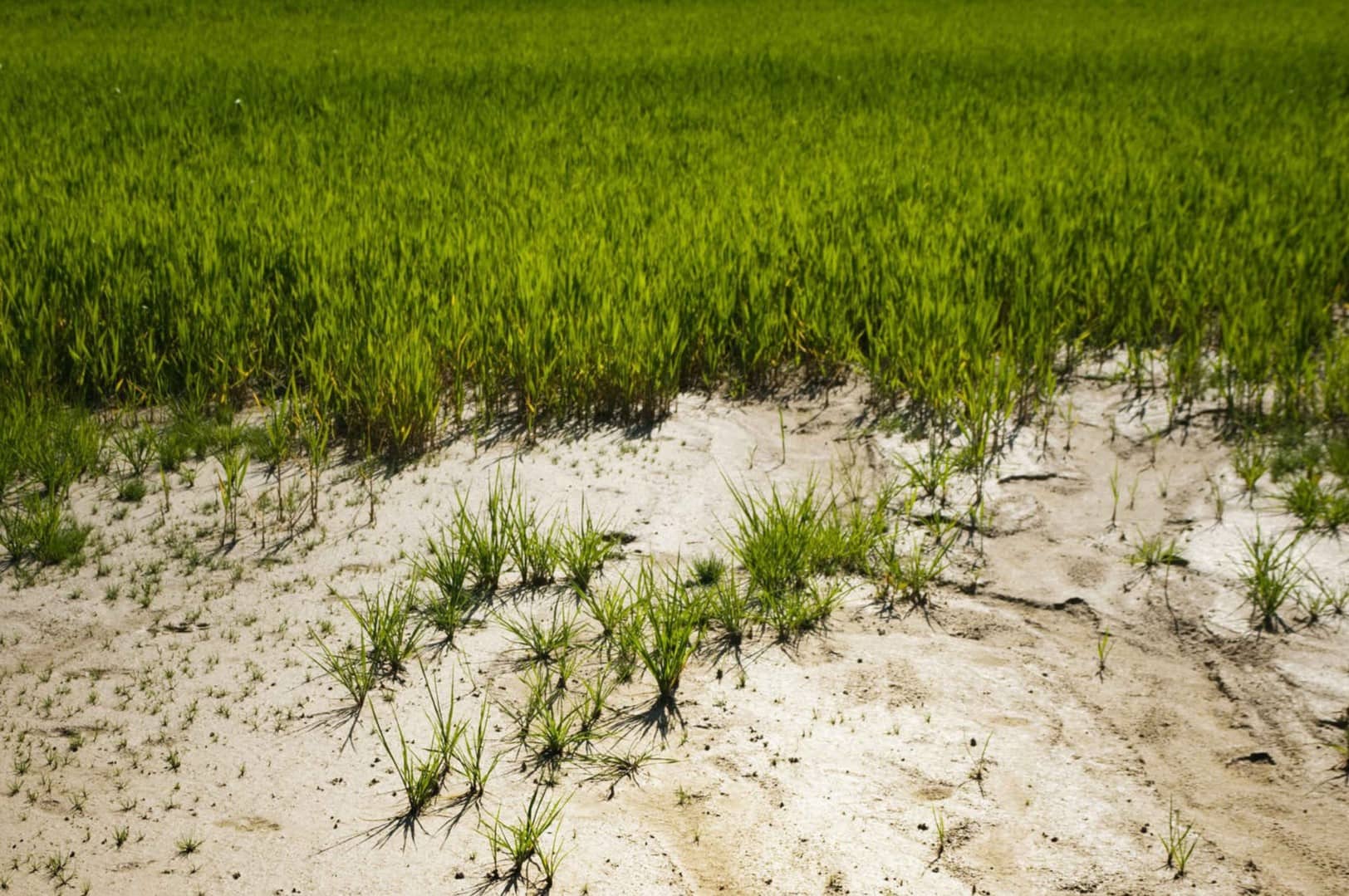
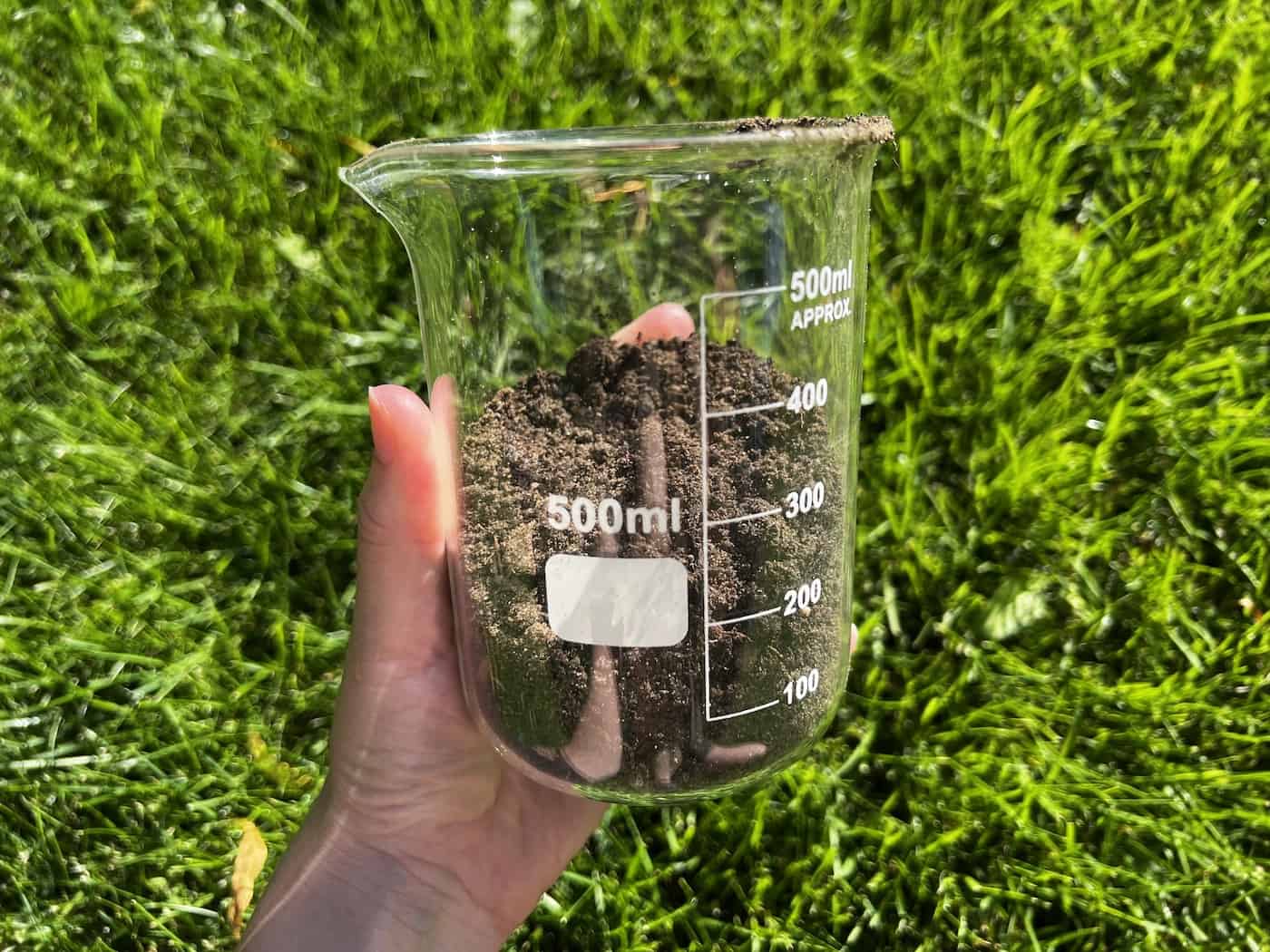
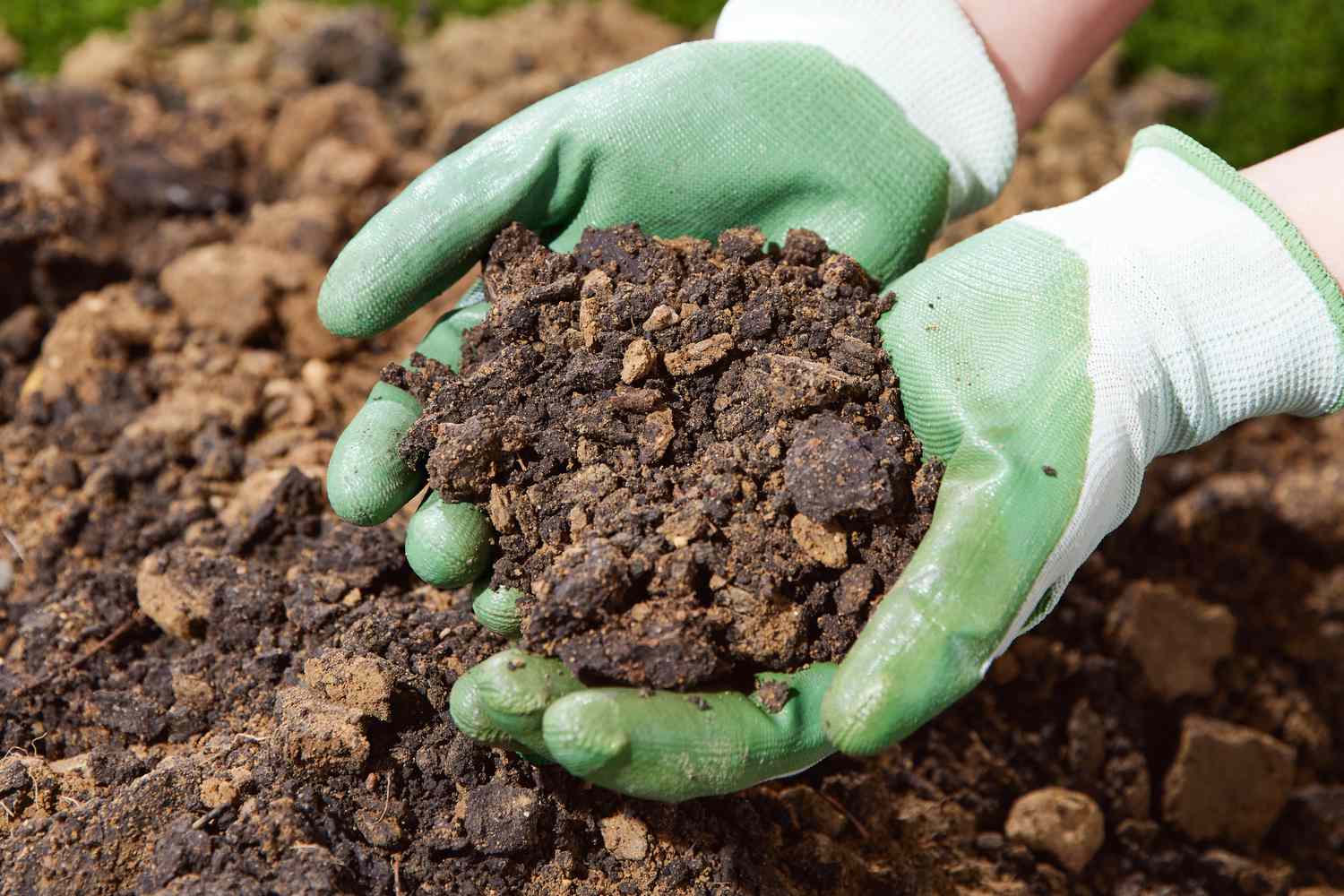
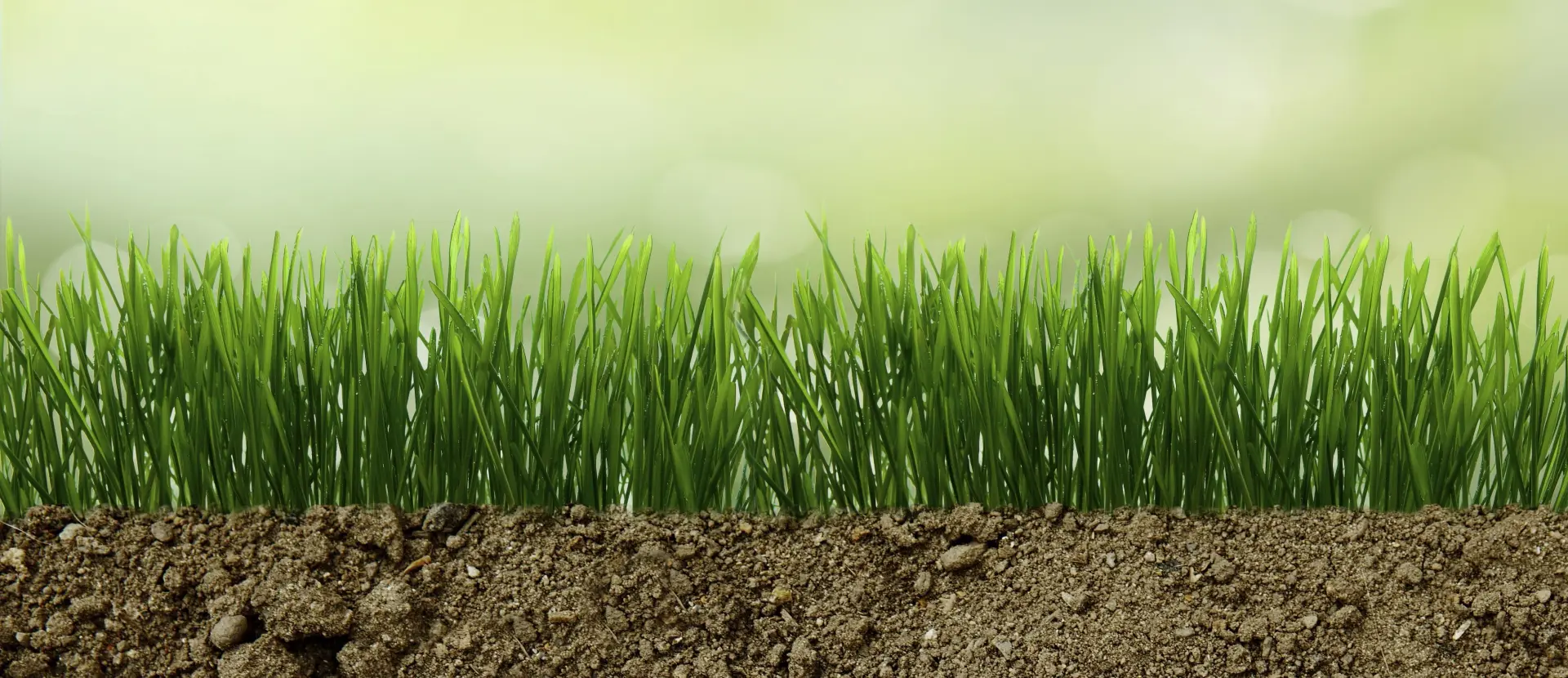
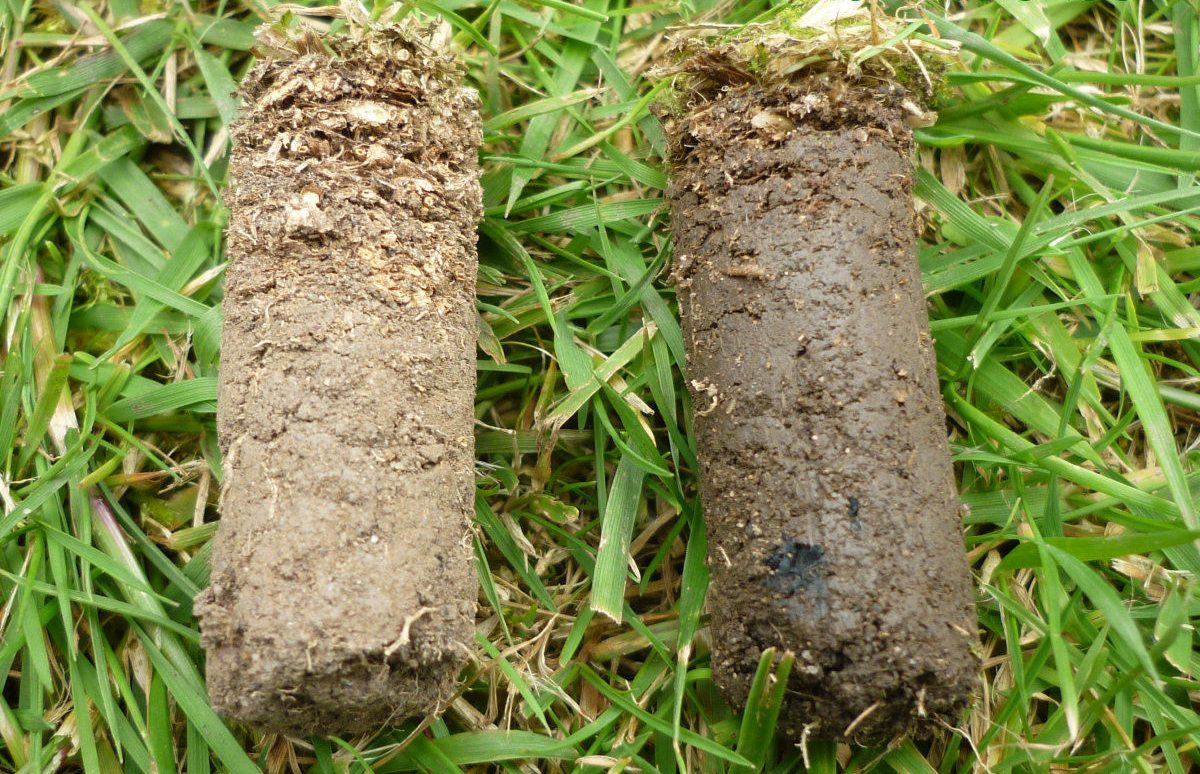
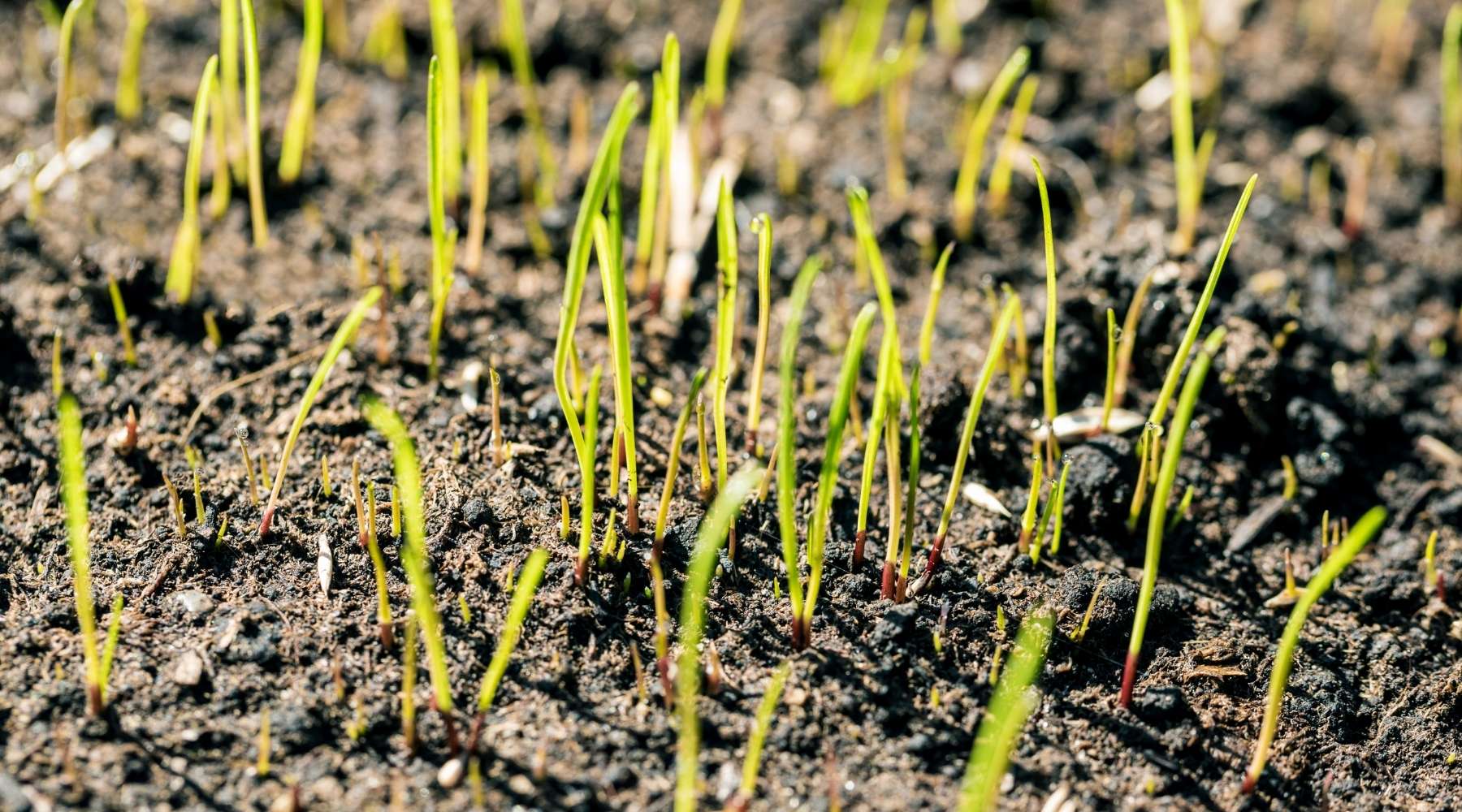
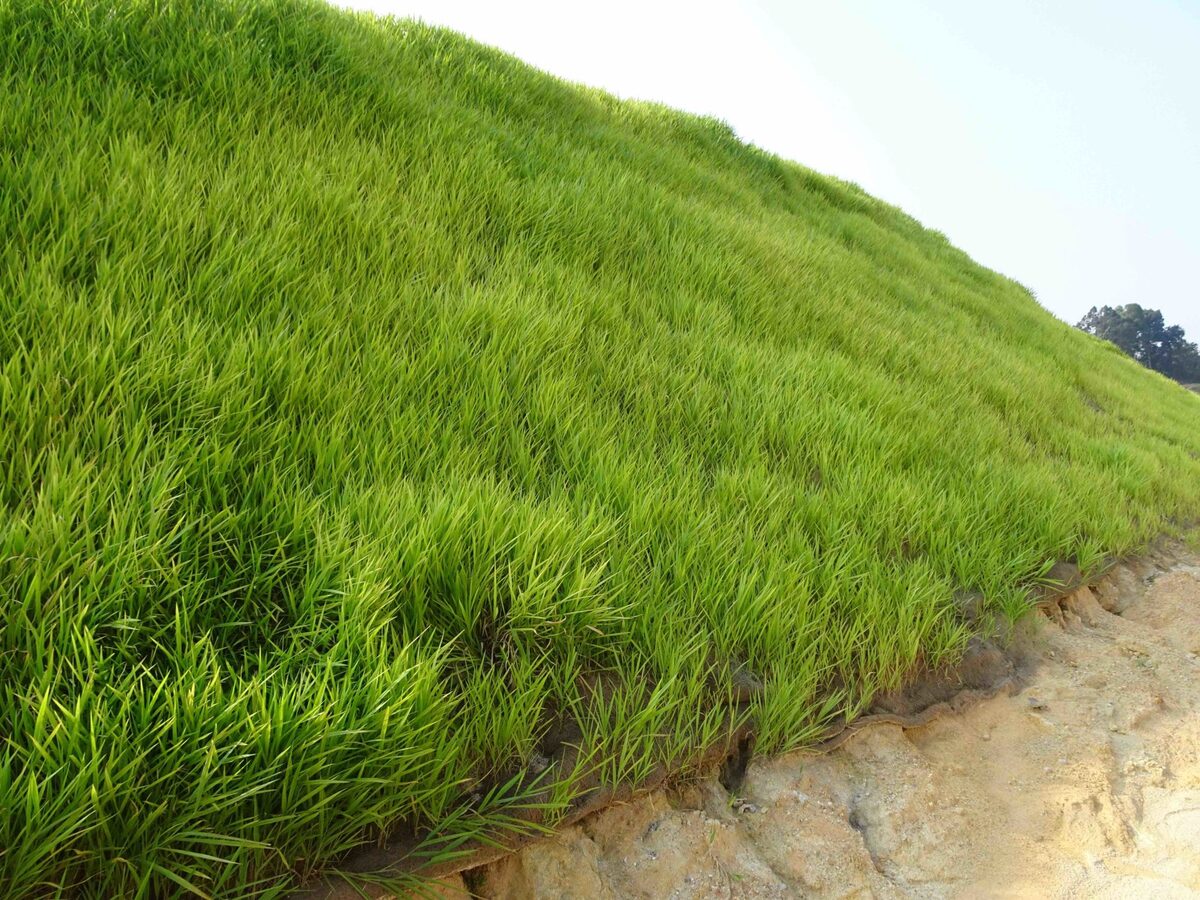
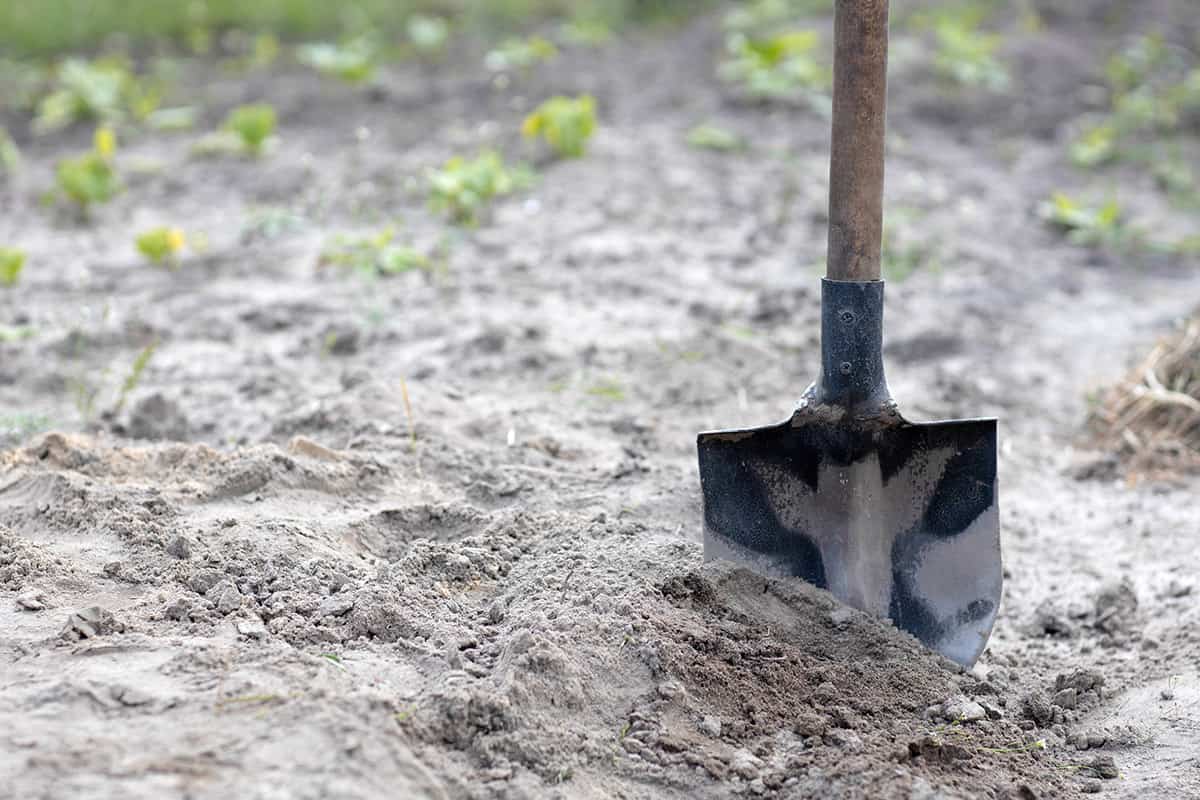
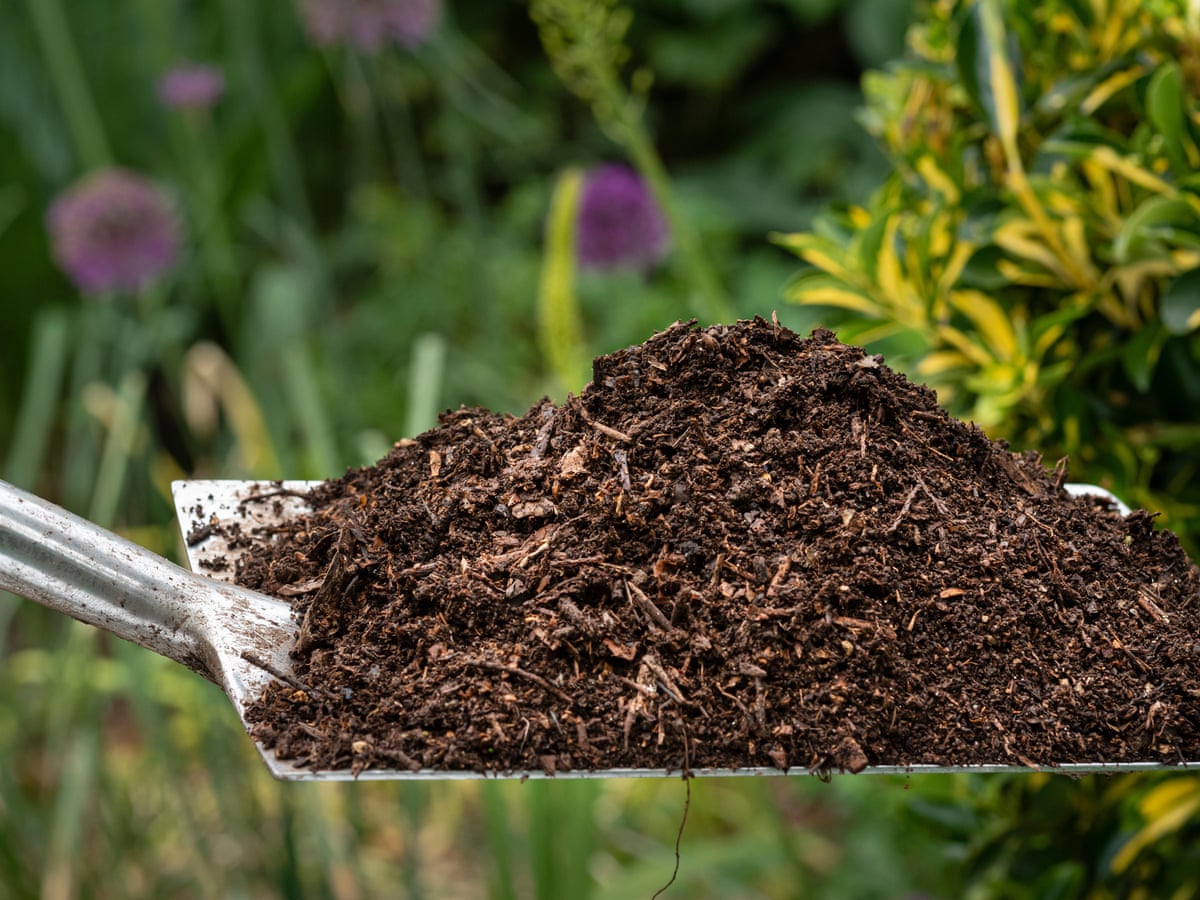
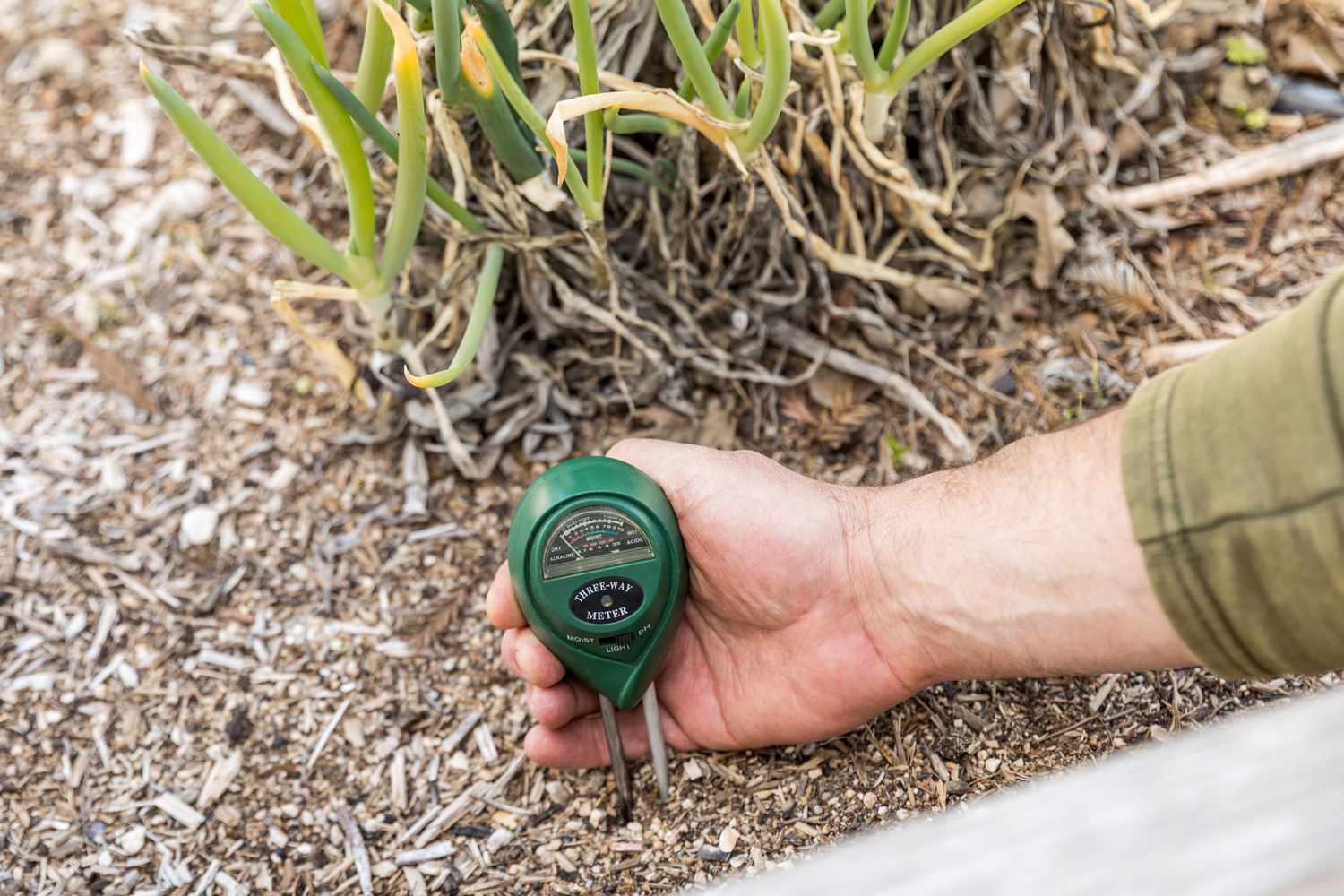
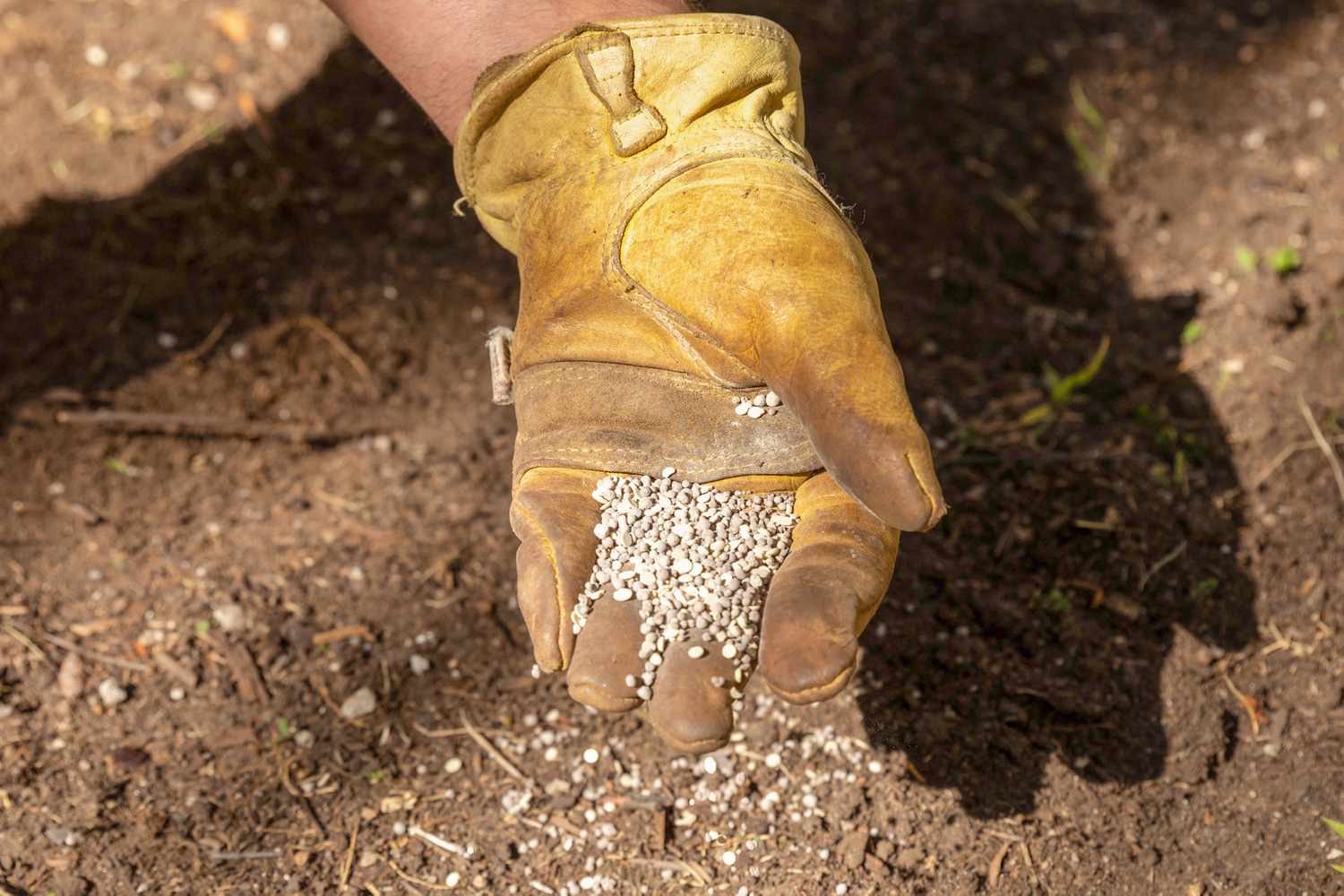
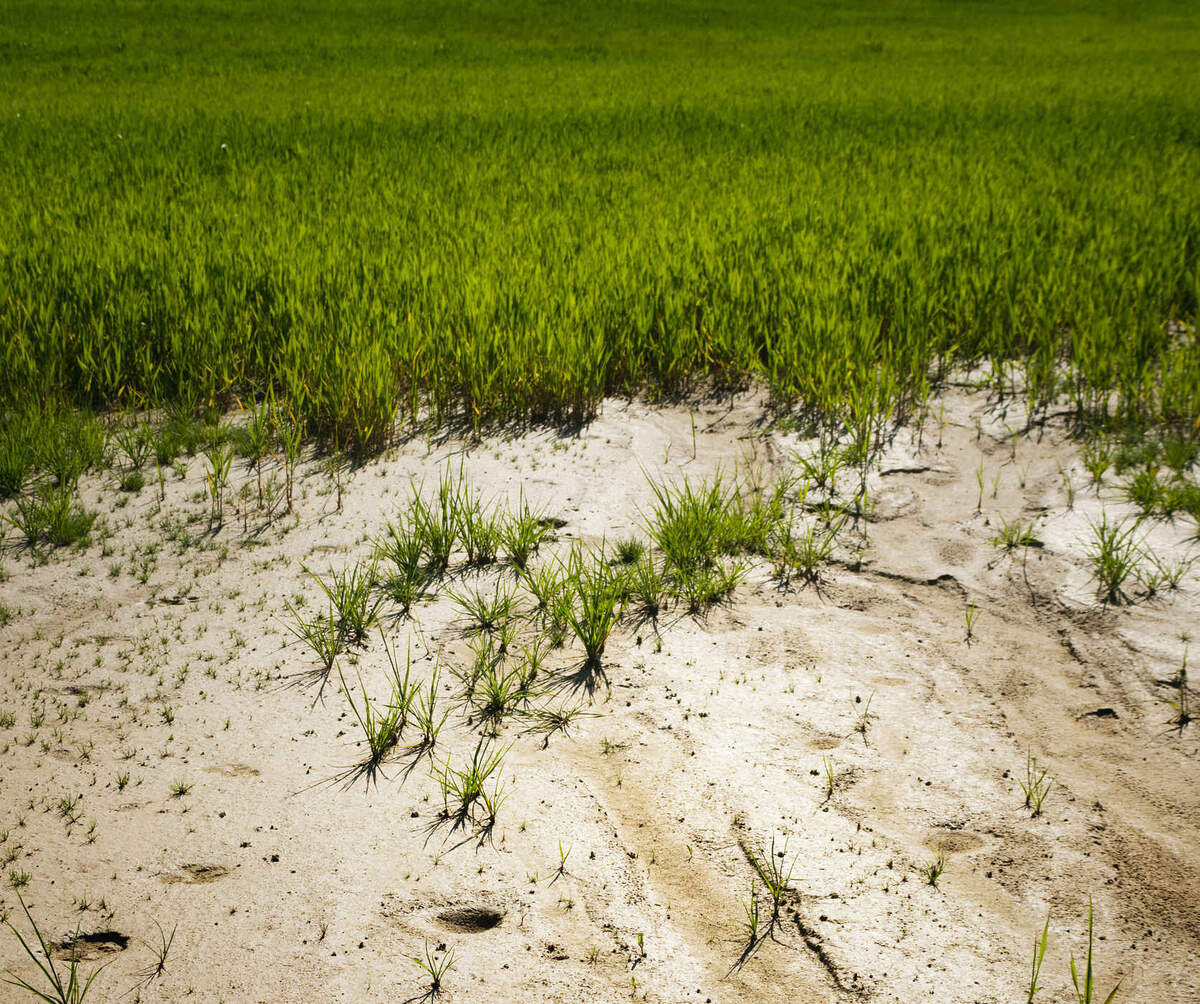
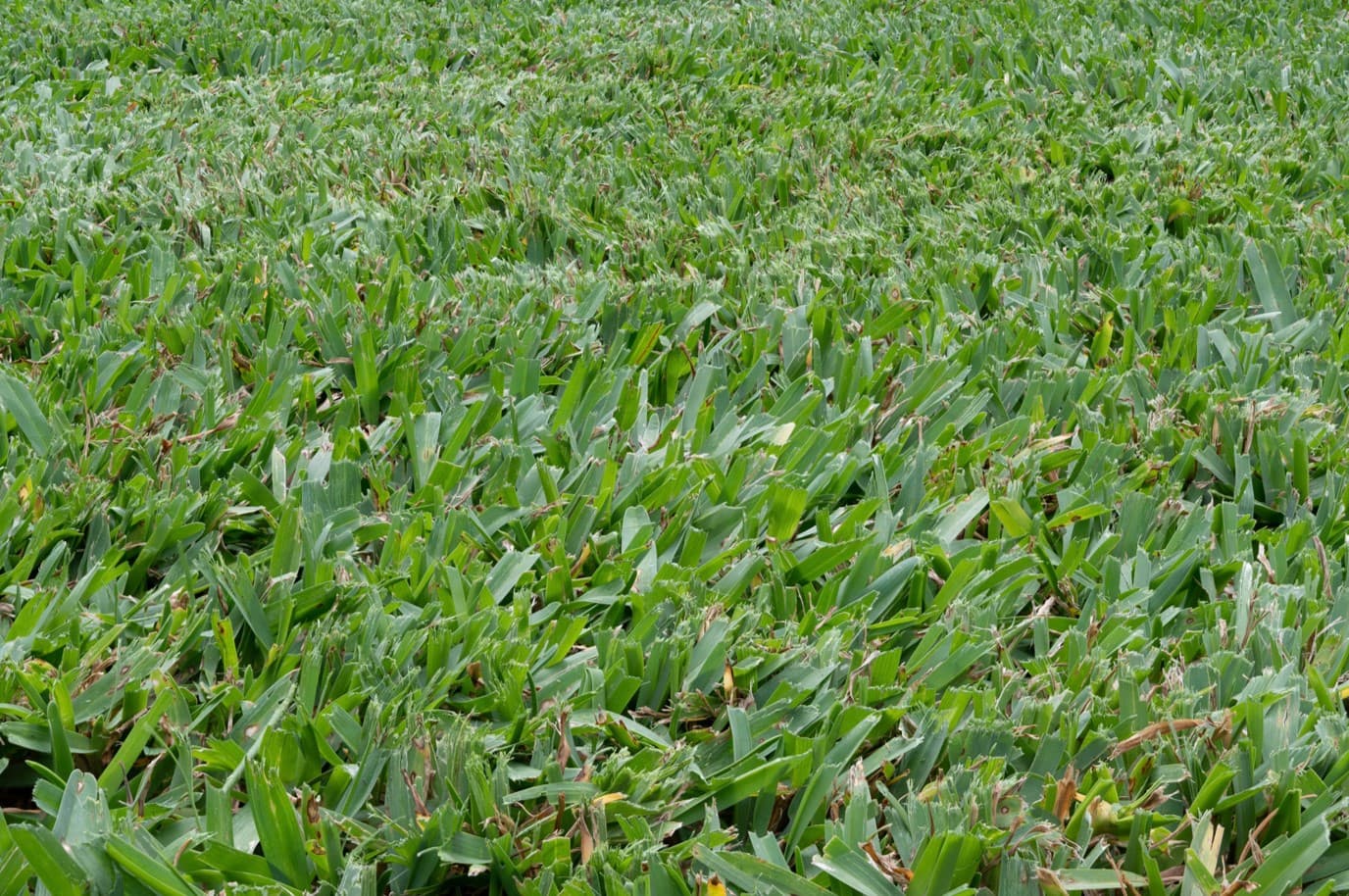

0 thoughts on “How To Loosen Soil For Grass”